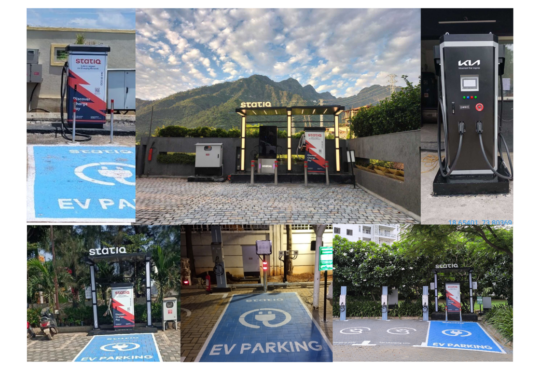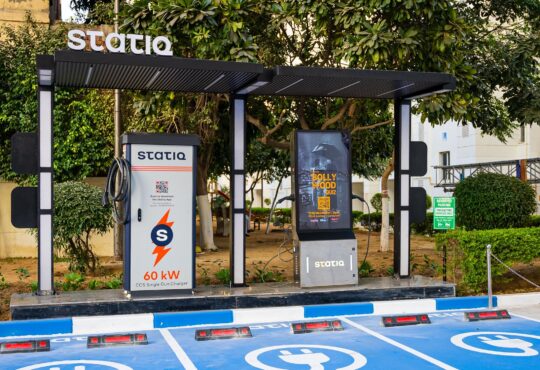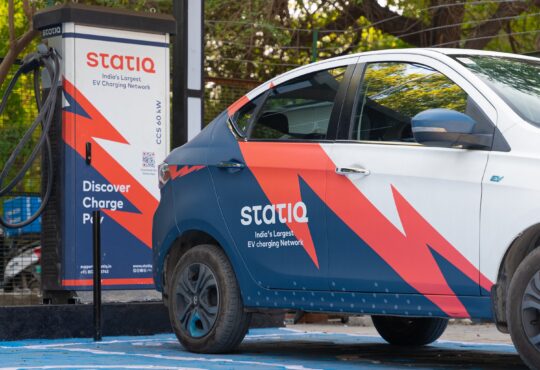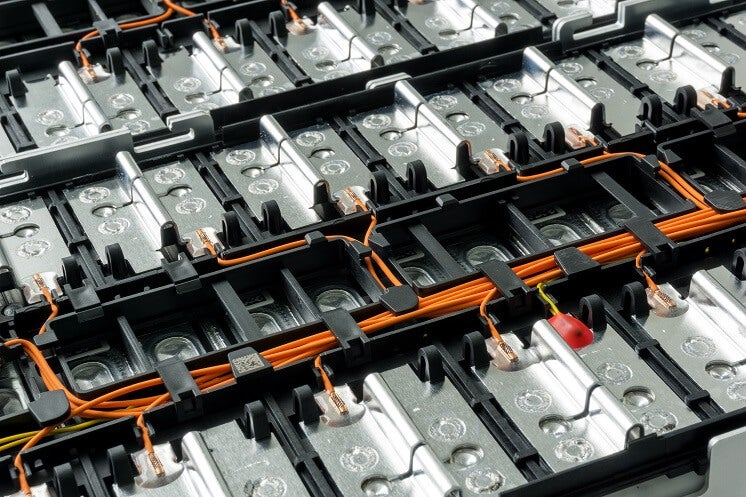
What Happens When An EV Battery Dies?
In recent years, the electric vehicle (EV) revolution has transformed the automotive landscape, offering eco-conscious consumers an alternative to traditional gasoline-powered vehicles. A key component of this shift is the lithium-ion battery that powers these electric cars. While lithium-ion batteries are renowned for their longevity and efficiency, it’s crucial to understand that they, like any other technology, have a limited lifespan. In this blog, we’ll delve into the lifecycle of EV batteries, exploring what happens when they weaken and no longer provide sufficient range and what happens when an EV battery dies.
First: Recycling
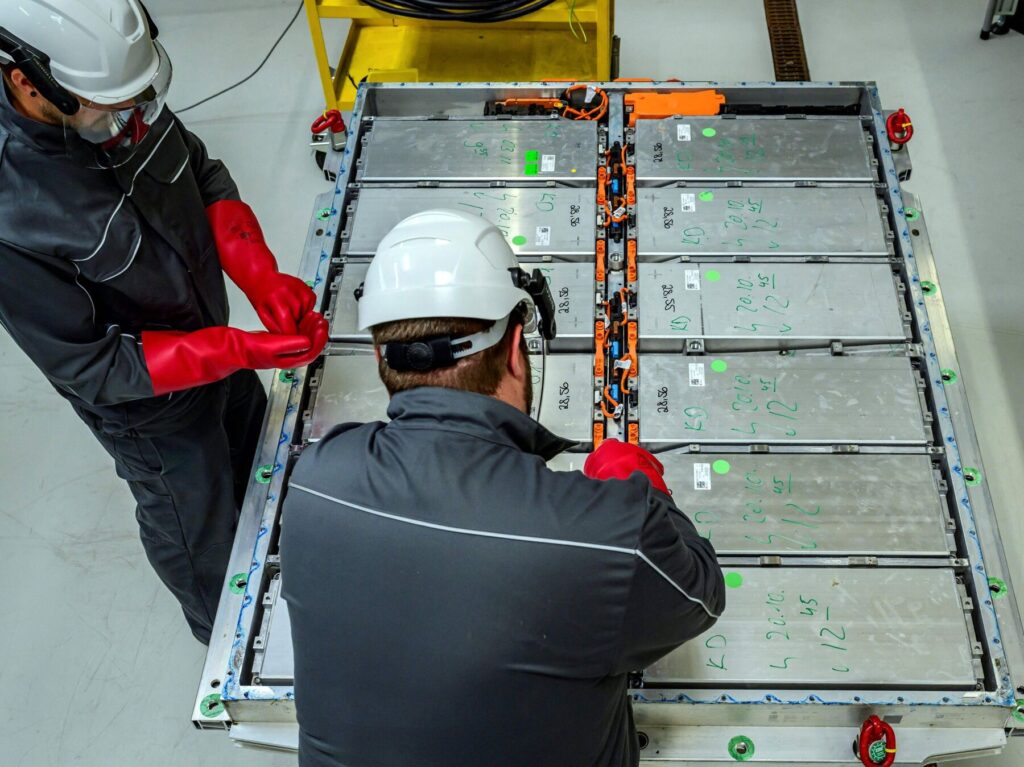
The first and perhaps the most eco-conscious option for old EV batteries is recycling. Electric vehicles use lithium-ion batteries to power them. It contains valuable metals such as nickel, cobalt, and lithium. Recycling these batteries allows for the safe extraction and reuse of these metals, minimizing the dependency on new mining activities to manufacture new batteries.
According to the US Department of Energy, recycling EV batteries not only conserves valuable resources but also contributes significantly to reducing greenhouse gas emissions. In a striking revelation, the energy saved from recycling just one EV battery is sufficient to power an average American household for nearly a year. Recycling emerges as a crucial step towards a sustainable future, bridging the gap between environmental responsibility and technological advancement.
Second Life: Powering Household Appliances
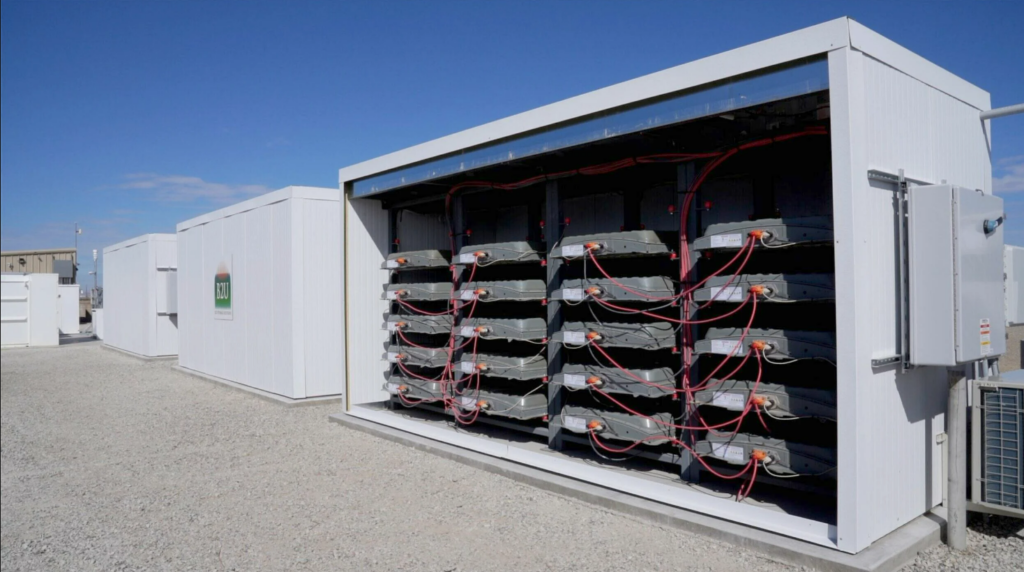
The second option is the second life of retired EV batteries. Although no longer suitable for EV usage, these batteries retain a substantial amount of capacity, making them viable for other applications such as emergency power supply for a home.
One prominent example is their integration into stationary energy storage systems. These systems capture excess energy from renewable sources such as wind and solar, releasing it when needed. This not only aids in balancing the electricity grid but also diminishes reliance on fossil-fuel-based power generation.
Another innovative application involves repurposing old EV batteries for off-grid scenarios, providing sustainable power solutions for lighting and energy needs in remote locations. This dual approach not only showcases the versatility of EV batteries but also addresses the challenges of energy accessibility in underserved areas.
Last Resort: Responsible Disposal

The final option for dealing with old EV batteries, although the least environmentally friendly, is disposal in a landfill. However, this avenue should only be considered as a last resort due to the potential environmental harm caused by the toxic chemicals present in lithium-ion batteries.
To mitigate adverse effects, strict adherence to safe and responsible disposal practices is imperative. Proper handling ensures that these batteries don’t leak harmful chemicals into the soil and water, preserving the delicate balance of our ecosystems.
Conclusion
The afterlife of electric car batteries extends far beyond their time on the road. From recycling to emergency power supply at home and in remote areas, and at last, responsible disposal, these batteries play a pivotal role in sustainable energy practices. Embracing these alternatives ensures that the green revolution sparked by electric vehicles continues, leaving a positive impact on both our environment and future generations.
Also Read, How Smart Charging is Transforming Public Transportation
